I have visited Bodnant in Summer when the flowers were rich in bloom, but this time we visited in that vague borderland when Winter is seguing into Spring and the land slowly awakens with life, when the crocuses and snowdrops make their triumphant announcement of the renewal of the ongoing cycle of existence. The purple crocuses were the first plants that called on our attention, followed by Galanthus,the white snowdrops, which in the British Isles are the ubiquitous, early signs of the first awakenings of Spring. There were also pulmonaria, small, lavender coloured tongues with a deep yellow zone in the centre of the leaf.
But the shrubs seem to be coming to life. Daphne filled the air with its scent, and the three ladies with us, Maureen, my daughter Helen and Ester, Helen's mother-in-law, soon picked out the scents and stopped to sniff the blooms. Daphne odora margineata has a gentle, enticing scent that lingered on the air before we reached the plant. The baby slept on, wrapped warm inside a baby sling and showed no interest in the scents.
There is a well designed network of paths that take visitors around the gardens between flower beds, shrubs and trees. I could not resist stopping to talk to a gardener to ask what they were doing. She replied that they were mulching the flower beds. Still curious I had to ask what the mulch was and was told leaves and compost that the gardeners make themselves. Maureen smiled and said nothing, she has known me long enough to know my curiosity about gardens.
There is a rich variety of trees, both deciduous and conifer, including some giant redwood, which seem to be popular in nineteenth century estate gardens. One stood towering over the garden. I tried to get a photo but I was too close to get anything other than part of the trunk.
Early on in the walk we were met by a robin, this time a male that landed on one of the beds.Was this a harbinger of Spring? By no means, for the annunciation of Spring can only come from migratory birds, while the robin is a hardy year round resident, a sign of not the cycle of nature but its enduring presence in times of cold and dark.


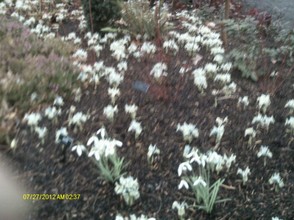
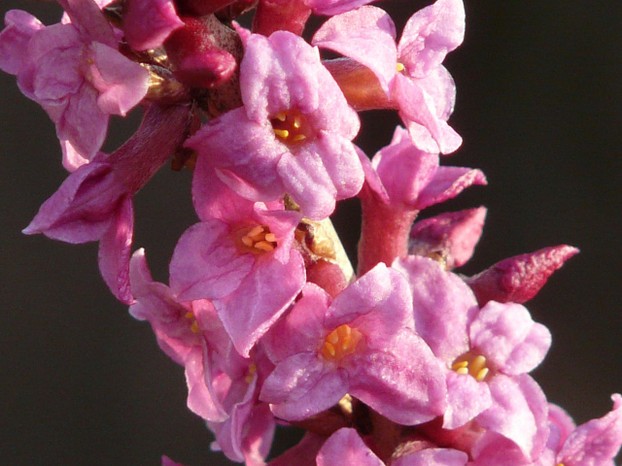
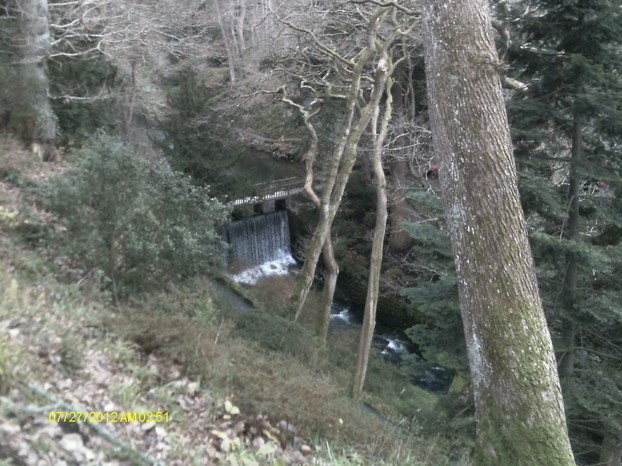
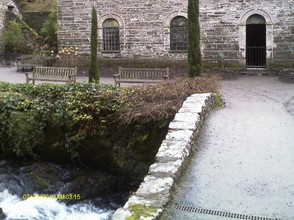
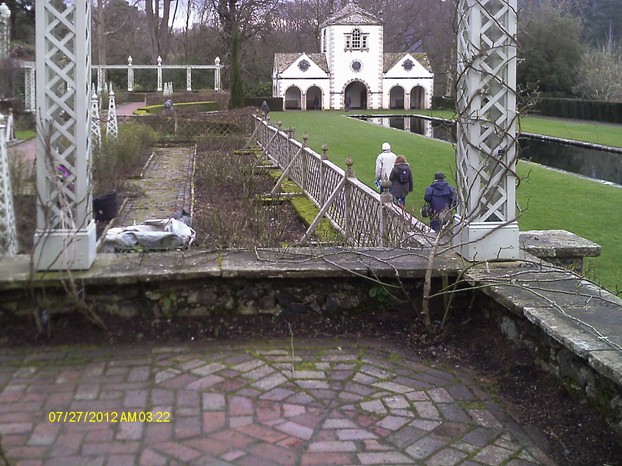
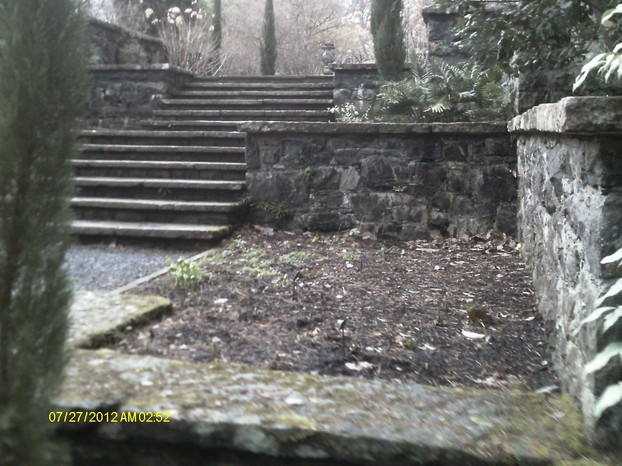

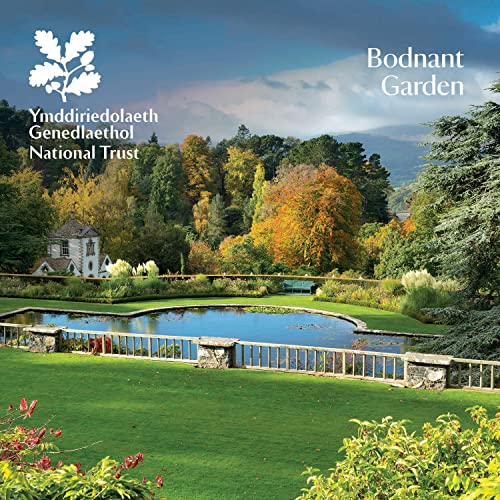

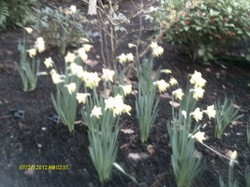

 TheThousand Year Gardenon 11/26/2025
TheThousand Year Gardenon 11/26/2025
 Women of the Gospelson 10/11/2025
Women of the Gospelson 10/11/2025
 Religious Gardenson 08/25/2025
Religious Gardenson 08/25/2025
 Doctor of the Church: John Henry Newmanon 08/03/2025
Doctor of the Church: John Henry Newmanon 08/03/2025

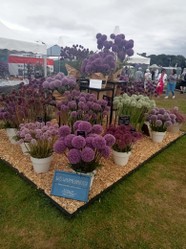
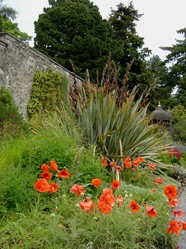
Comments
There is some information in printed form, but not a great deal.
Thank you!
The second paragraph to the second subheading, The water feature, alerts us to a wild garden whose tending averts blackberry, Japanese knotweed and rhododendron intruders.
Does the Bodnant Garden staff hold workshops or release information sheets about the exact components in such a successful anti-invasive strategy?
Probably indoor plants.
Thank you!
It can be an interesting enterprise -- to me who is not there ;-D -- to employ that abandoned, unused estate mill as a growing-room for those Bodnant Garden plants that may grow indoors and outdoors.
Might there, from what you know of Bodnant Gardens, be any such plants?
Outdoor options indoors-able present themselves ever more attractively even as I pursue more and more basement, house-potted, windowsill options.
There are non houses for indoor plants at Bodnant.
Thank you!
The last paragraph counts three buildings in use even as the third paragraph to the second subheading, The water feature, describes an estate mill that endures without use at this point.
Might any of the used buildings include Bodnant Gardens houseplants for indoor beauty?
S s Moe cultivationnadvice generallyn comes wi th plants.
Thank you!
Your comment Aug. 23, 2017, in answer to my question and in confirmation and elaboration of Veronica's contribution Aug. 22, 2027, alerts us to the fact that Bodnant sells forsythia.
Do such sales include care information about light and watering schedules and about what fertilizer to use and when?
There are several possibilities,but geese and swifts are early.
Thank you!
All three birds -- cuckoo, marten, swift -- can be found here among springtime species even as they do not have first-come honors.
The backyard unreliable creek alongside the reliable ephemeral pool sometimes gets mute (Cygnus olor), trumpeter (Cygnus buccinator), tundra (Cygnus columbianus) and whooper (Cygnus cygnus) swans. So far it has been one sighting of an individual or of a couple each.
But typically it is Canada geese (Branta canadensis) in their V-shaped flight formations.
Might the aforementioned introduction (here) be what manages first-come springtime honors on the eastern-side pond?